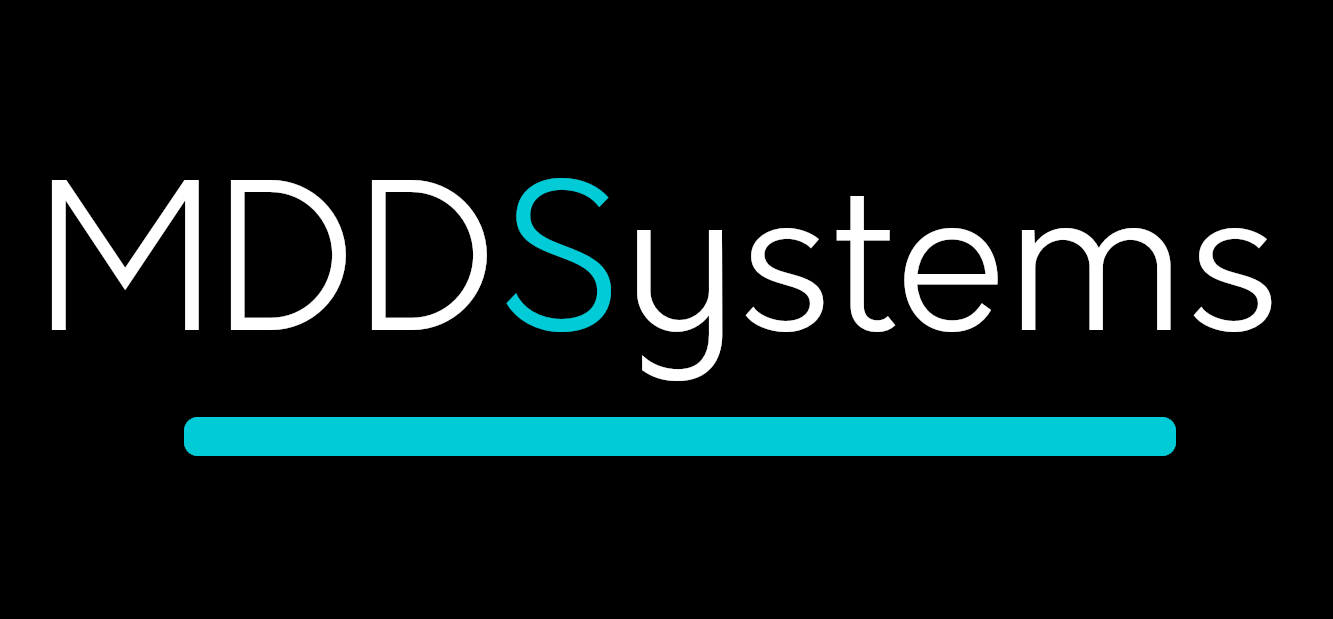Workshop Aim: the aim of this workshop is to identify issues that are occurring in the Execution phase of projects. The workshop can also be used to train new Project Managers or to introduce a framework for managing projects.
Purpose of the phase: To establish a governance framework, clear accountability, and structured communication processes that ensure smooth project execution, alignment, and control.
1. Workshop Goals
By the end of this workshop, participants will:
- Define a fit-for-purpose project governance model (decision-making hierarchy, committees, escalation routes).
- Establish clear roles and responsibilities using a RACI or similar framework.
- Design a communication cadence that keeps stakeholders aligned and informed.
- Introduce change control mechanisms to prevent scope creep.
- Strengthen team collaboration and decision discipline during execution.
2. Prerequisites
Before the workshop:
- Approved Project Management Plan and baseline (scope, schedule, cost).
- Confirmed project organization chart (or draft).
- Existing meeting and reporting structures (to review and optimize).
- Access to key team leads and stakeholders.
- Change control or issue management templates (if any exist).
3. Workshop Structure and Content
| Segment | Duration | Activities | Outputs |
|---|---|---|---|
| 1. Kick-Off & Execution Realities | 30 min | Discuss execution challenges and lessons from past projects. | Shared understanding of pain points. |
| 2. Governance Model Design | 60 min | Define decision-making structure, escalation paths, and steering governance. | Draft Governance Model and Decision Tree. |
| 3. RACI Mapping Exercise | 60 min | Clarify roles, responsibilities, and accountabilities across functions. | RACI Matrix finalized and validated. |
| 4. Communication Cadence & Tools | 60 min | Design meeting rhythms, reporting channels, dashboards, and collaboration tools. | Communication Plan and Meeting Schedule. |
| 5. Change Control Simulation | 60 min | Simulate scope change request process — from initiation to approval. | Agreed Change Control Workflow and Template. |
| 6. Alignment & Commitment Session | 30 min | Review governance setup, confirm ownership, and agree on immediate actions. | Execution Governance Charter and Action Log. |
Total Duration: ~5 hours (half- or full-day workshop depending on project scale)
4. Workshop Deliverables
- Execution Governance Model (Org Chart, Roles, Escalations)
- Validated RACI Matrix
- Project Communication Plan (Meetings, Reports, Dashboards)
- Change Control Framework and Templates
- Execution Governance Charter (signed off by project sponsor)
5. Learning Outcomes for Participants
Participants will:
✅ Understand the principles of governance and how it supports execution success
✅ Know how to apply a RACI to clarify accountability and avoid confusion
✅ Be able to design and maintain effective communication rhythms
✅ Recognise how disciplined change management protects delivery integrity
✅ Gain a shared sense of control and transparency across the project team
